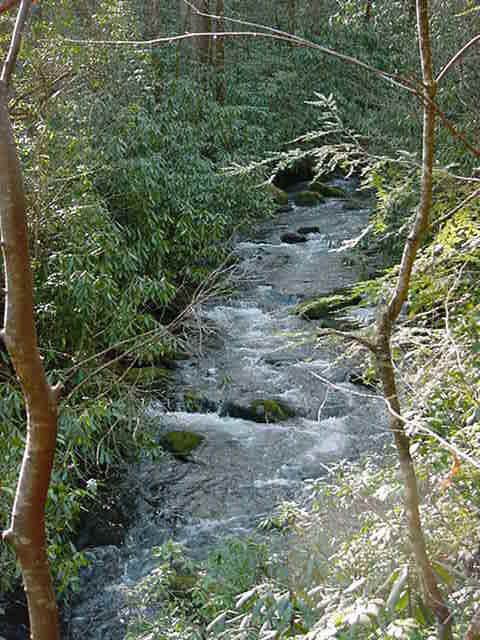If the last ancient forests and all the life that’s in them don’t get a little love from the Environmental Ministers they will soon be wiped out.
EU forest footprint not getting any smaller

The destruction of the world’s rainforests to make way for things like more palm oil plantations is driving climate change and pushing species such as the orang-utan, to the brink of extinction. Every time the rainforest is trashed, huge amounts of greenhouse gases are released into the atmosphere. The destruction of our rainforests accounts for a fifth of all greenhouse gas emissions – that’s more than all the planes, trains and cars in the world.
Baby Steps
But it’s not all bad news, there are parts of the recommendations that get forest protection right. We are happy to see a recommendation for the creation of a fund for forest protection under the United Nations Framework Convention on Climate Change. The plan itself only provides a fraction of the money needed for the fund to succeed, so now the Commission needs to figure out how to make sure the fund can succeed.

The Commission also rightly opposes forest offset credits for the next decade. If forest credits were approved, they could allow the energy sector to buy its way out of necessary reforms and emission cuts. The EU Commission is taking a step in the right direction by rejecting forest credits in the carbon markets.
What’s next?

If the last ancient forests and all the life that’s in them don’t get a little love from the Environmental Ministers they will soon be wiped out. If the EU is serious about protecting forests and keeping temperature rise below 2 degrees Celsius, then Parliament and Council need to step it up on the Commission proposals. We need a strong timber law and new economic incentives and financial resources to put an end to deforestation and illegal logging.







